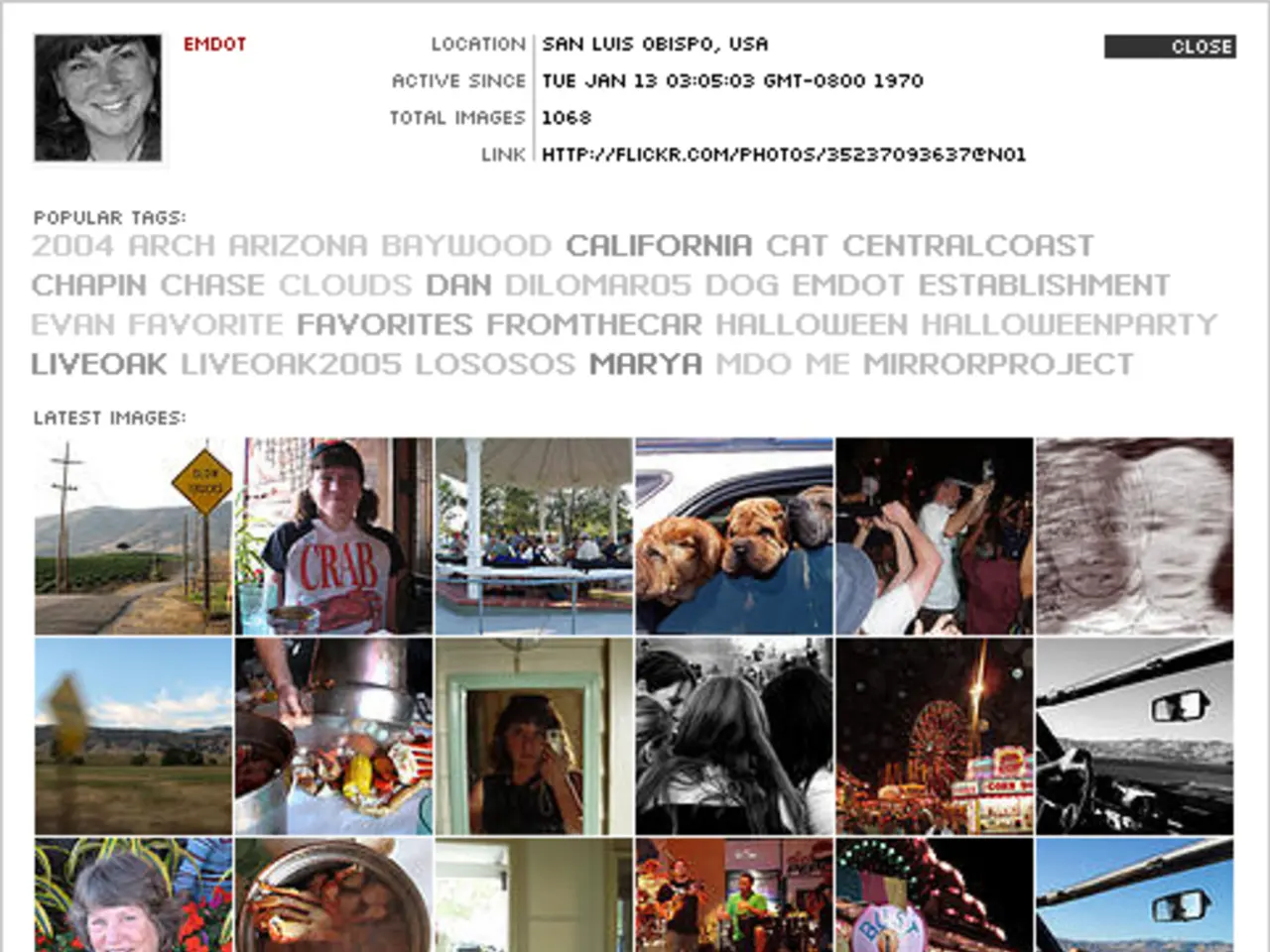Varieties of Living Encounters
In the intricate tapestry of human existence, experiences weave a rich and diverse pattern that shapes our perceptions in unique ways. These experiences can be categorised into several types - physical, mental, emotional, spiritual/religious, social, virtual or simulated, immediacy-based, second-hand, and third-hand experiences. Each category offers a distinct lens through which we view the world.
Physical experiences form the foundation of our reality, grounded in real-time interactions with the environment. These encounters involve direct sensory and motor engagements with the world, shaping our understanding through sensory input and bodily interactions.
Mental experiences, on the other hand, revolve around cognitive processes such as thinking, reasoning, imagination, and memory. These processes frame how we interpret and predict based on knowledge and internal thought, adding layers of intellectual complexity to our perceptions.
Emotional experiences bring feelings and affective states into the mix, colouring our perceptions with subjective value and meaning. These experiences influence motivation and decision-making, adding a personal touch to our interpretations of events.
Spiritual/religious experiences connect individuals to a sense of higher purpose, transcendence, or unity beyond the self. These experiences often carry metaphysical or existential significance and, according to Maslow’s framework, address “transcendence needs,” where individuals seek connection to ultimate realities or universal values [1].
Social experiences emerge through interpersonal interactions, cultural norms, and collective rituals. Human behaviour in social contexts is influenced by roles, reputation, and shared meanings. Social experiences introduce collective meaning, where identity and memory are co-constructed, influencing individual and group perceptions [2][3].
Virtual or simulated experiences occur through digital or artificial platforms, including metaverse and virtual reality. These experiences redefine boundaries of presence and embodiment, allowing sensory and social experiences in non-physical realms [4].
Immediacy (direct) experiences are first-hand encounters with stimuli or events, providing foundational data for perception. Second-hand experiences involve indirect knowledge through others’ reports, stories, or media representations, often filtered through social or cultural lenses. Third-hand experiences are more removed, referring to information or narratives several steps away from the original event, such as academic summaries or folklore, further abstracting the perceptual connection.
These different types of experience shape perception by offering varying degrees of immediacy, emotional engagement, cognitive interpretation, and social context. For instance, immediate physical sensations provide raw data, but emotional and mental processing imbue these sensations with personal meaning. Spiritual experiences may reframe events within larger existential narratives, while virtual experiences can blend or distort sensory cues, modifying how reality is perceived. Social experiences introduce collective meaning, where identity and memory are co-constructed, influencing individual and group perceptions.
Together, these layers of experience integrate dynamically to construct our subjective reality, guiding how we interpret the world, respond to challenges, and seek meaning across lifetimes and cultures [1][2][3][4].
The book "Psychoeducational groups: process and practice" by Brown delves into the process and practice of psychoeducational groups, providing insights into social experiences and their role in mental health and personal development. "The self and its brain" by Popper and Eccles discusses the relationship between the self and the brain, shedding light on the physical and mental experiences that shape our identities. "Handbook of the psychology of religion and spirituality" by Paloutzian and Park explores the psychology of religion and spirituality, offering a deeper understanding of spiritual and religious experiences. Meanwhile, "Time: The Modern and Postmodern Experience" by Nowotny and Plaice delves into the modern and postmodern experience of time, providing a fresh perspective on how our understanding of time shapes our experiences.
It's important to note that our experiences can be significantly different due to various factors, including cultural background. Users bring their own realities and capabilities to products, making it impossible to please all people all the time. Additionally, first-hand accounts can be biased due to individual perceptions, while second-hand experiences can be gained through recordings, testimonies, or written records. Third-hand experiences should be mistrusted, as they rely on rumour and gossip.
In conclusion, the landscape of human experience is vast and complex, offering a rich tapestry of perceptions that shape our understanding of the world. By understanding the various types of experiences and their impact on our perceptions, we can gain a deeper understanding of ourselves and the world around us.
[1] Maslow, A. H. (1970). Motivation and personality. Harper & Row. [2] Turner, V. W. (1987). The ritual process: structure and anti-structure. Columbia University Press. [3] Goffman, E. (1959). The presentation of self in everyday life. Penguin Books. [4] Slater, M. (2009). Inventing reality: How virtual reality can help us understand the nature of consciousness. MIT Press.
UI design plays a significant role in shaping user experience within technology, particularly in digital and virtual platforms. Effective UIs offer intuitive, engaging, and accessible interfaces, allowing users to navigate and interact with tools and services, thereby enriching their lifestyle and education-and-self-development experiences.
Time, as explored in "Time: The Modern and Postmodern Experience," can influence how users perceive and experience these digital platforms, shaping their interactions and engagement. Understanding the impact of time on user experience is crucial for creating interfaces that cater to diverse user needs, thereby improving overall satisfaction and learning outcomes.




